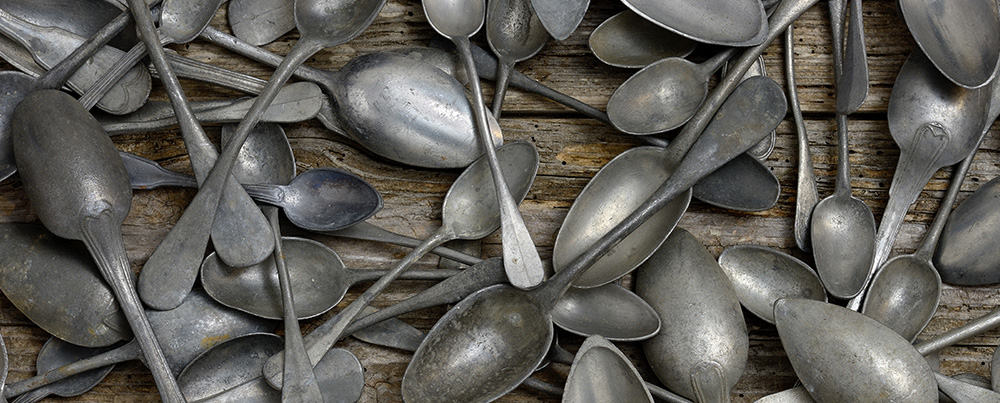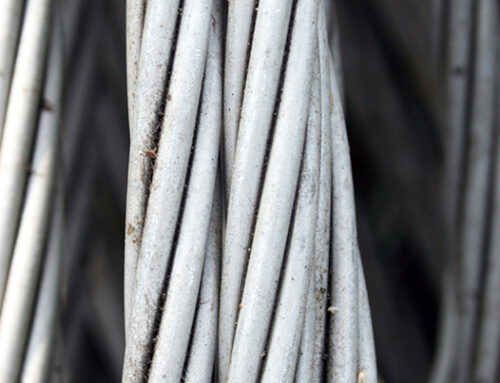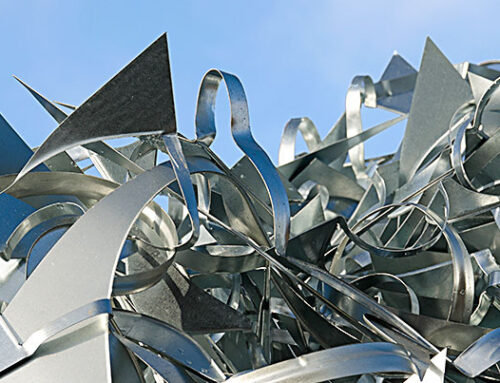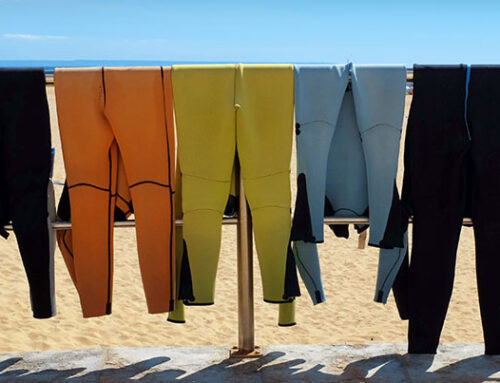Pewter is a metal you don’t hear as much about as the ever-popular copper or ubiquitous steel, but it can still have some serious value at the scrap yard. That being said, finding it for scrap can be a real challenge sometimes.
Pewter is most often used in decorative objects and silverware, and is most commonly found in antique items. Shopping for potential scrap at antique shops can be tough, because antique dealers usually know what they have and price their items at much greater than their scrap value. However, this can occasionally be a fairly successful way to find this metal for scrap.
That being said, there are better ways to find pewter, and it can net you a fair price at your favorite local scrap yard!
What Pewter Is (and Why It’s Valuable)
Pewter is an alloy consisting mainly of tin mixed with other metals and a metal known as antimony. Tin is generally speaking the most valuable component in this alloy, so pewters made with more tin than anything else are usually the most valuable. That’s because tin is a metal with a wide variety of uses, and there’s a lot of demand for tin in the market.
Of course, as with any alloy, the other metals used in creating a given piece of this alloy play a big role, too. One of the problems with scrapping pewter is that the quality and component metals vary pretty widely, which can mean that one two-pound piece is worth a lot more than another that looks almost exactly the same.
That being said, it’s still a metal that’s worth knowing about and picking up for scrap, as virtually every piece of pewter has some value. Even if you have trouble identifying pewter, metals that are often mistaken for pewter can be just as or even more valuable, such as silver, pure tin, and copper.
Finding Pewter
Instead of searching for pewter goods at antique shops, it’s often easier to get at a good price at garage sales and the like. It’s also worth searching for it and for other scrap for free on Craigslist. You may have some old pewter that you’d like to scrap around your own home, too!
Pewter will also be used in decorative flourishes in some other common scrap areas. A lot of the art and science of finding it has to do with identifying it.
It looks superficially similar to silver in color, but doesn’t usually have the same luster. It has a darker, more subdued tone instead.
Of course, the bigger challenge is determining how exactly a particular piece of pewter was made, and what the quality and different components of the alloy is. This can be hard without advanced metal analysis tools, but the good news is that pretty much every piece of pewter will at least have some value.









